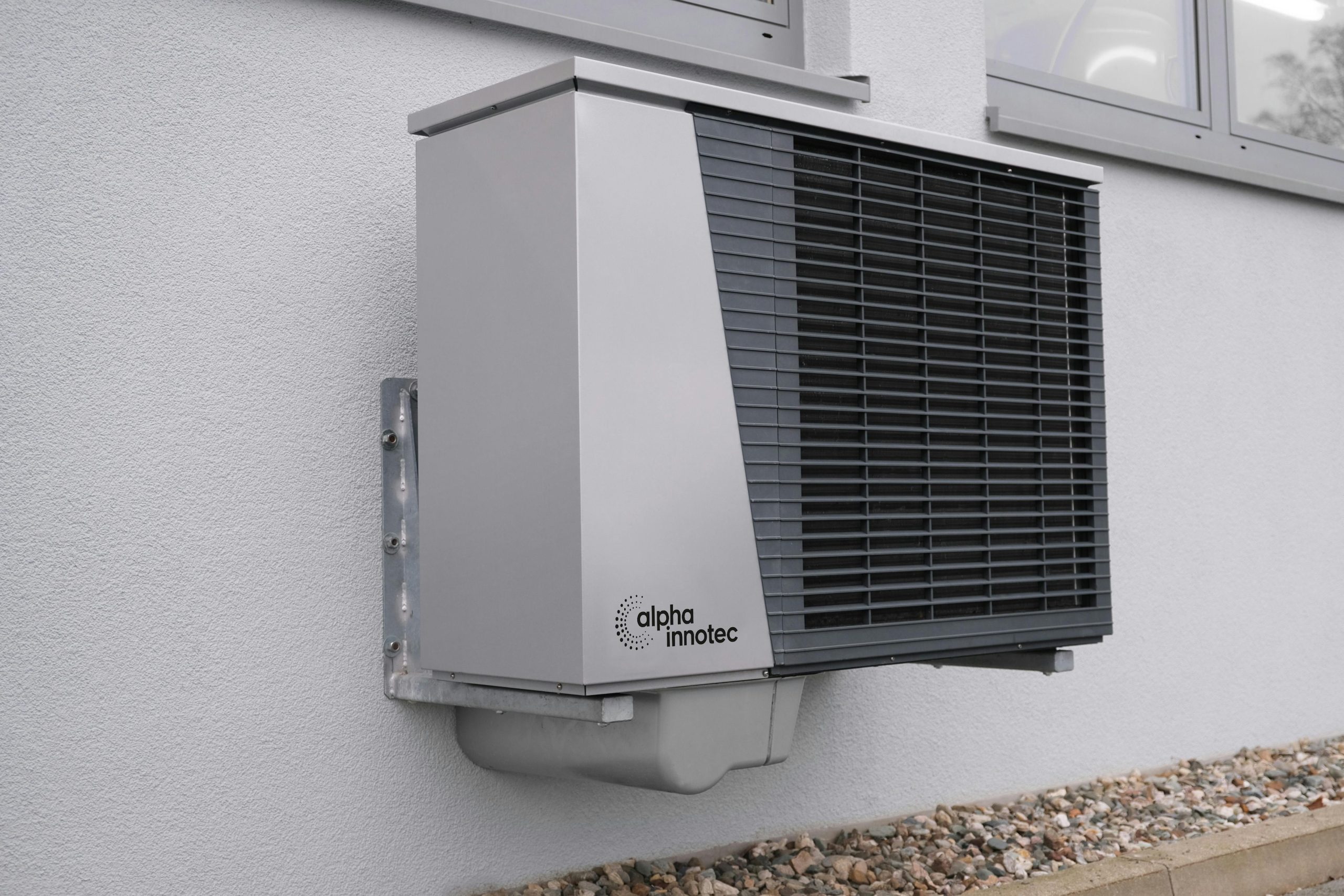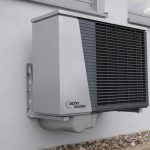Installing an air source heat pump can dramatically cut your home’s energy costs and carbon footprint. Success depends on knowing each step from initial assessment to fitting and maintenance and understanding the real costs and potential challenges. This guide breaks down the practical essentials to help you decide if this efficient heating solution suits your home and how to manage the installation process smoothly.
Comprehensive Guide to Installing an Air Source Heat Pump
Air Source Heat Pump Installers in Welling offer tailored services, emphasizing efficient operation in various outdoor conditions. These systems extract heat from the outdoor air, even at temperatures as low as -15°C, providing sustainable warmth to homes.
Have you seen this : Revolutionizing Stock Management in UK Groceries: Top AI Tactics for Optimal Efficiency
The installation process typically takes 2 to 5 days. It involves placing the outdoor unit a compact box roughly the size of two wheelie bins and fitting an indoor hot water cylinder. Proper site assessments are crucial to determine optimal placement, ensuring minimal noise and vibration.
Home preparations include upgrading insulation and possibly replacing radiators to match the lower water temperatures (35-45°C). Existing pipework, like narrow microbore pipes from the 1970s, may require upgrading for better flow.
In parallel : Unveiling Top Employee Benefits Trends for UK Startups: Essential Insights for Modern Entrepreneurs
Professional installers, such as those in the UK, adhere to strict standards, ensuring system efficiency, safety, and compliance. They handle necessary permits, electrical connections, and integration with existing heating routines.
Installation costs vary; in England and Wales, estimates range from £4,580 to £10,000, while government grants can mitigate expenses.
Essential Steps and Considerations in Air Source Heat Pump Installation
Assessing Home Suitability and Planning
Begin the air source heat pump installation guide by confirming that your property meets the fundamental installation requirements and permits. The system sizing and capacity planning phase uses heat loss calculations and tools such as online calculators or a professional consultation. This ensures the system will efficiently install heat throughout your home. Necessary site assessments are critical, examining insulation levels, space for the outdoor unit, and compatibility with current heating. Always check for local legal regulations and compliance; obtaining the correct permits is required in certain regions.
Selecting the Right System and Certified Installer
Choosing a certified installer is vital. Look for someone with professional certification programs, ideally one with MCS accreditation if you’re in the UK, to guarantee installation quality and eligibility for grants or government incentives. Compare models air-to-water or air-to-air using an in-depth installation process detailed steps checklist. Regional installation price differences and cost factors for heat pump setup, such as labor and materials, influence your overall budget. Use installer consultation benefits and ratings to assess local experts and ensure alignment with system sizing and capacity planning.
Preparing Your Home for Installation
Upgrade insulation improvements for efficiency, and confirm your radiators or underfloor heating are compatible with lower-temperature output. Address any microbore pipes, since these could hamper the system’s ability to install heat efficiently. Allow sufficient space indoors and outdoors for equipment delivery and site prep, including both the external unit and hot water cylinder. Aim for minimal household disruption by working with installers on placement and timeline from booking to completion.
Installation Process, Duration, and Post-Installation Maintenance
Installation Procedure and Typical Timeline
A standard air source heat pump installation guide recommends precise installation process detailed steps. These involve: outdoor unit placement with careful attention to airflow and noise regulation compliance, indoor unit positioning for accessible controls, electrical requirements and connection, and necessary pipework modifications. System flushing ensures clean, efficient operation. Equipment delivery and site prep are timed so that all elements are on-site before work begins, minimizing delays. Usually, a straightforward domestic install takes two to five days, provided no complex ductwork modification needs or additional insulation improvements for efficiency arise. For ground or water source systems, expect a longer comparative installation timeline due to groundwork and site constraints.
Final Checks, Testing, and Setting Up Controls
Post-installation system testing is vital. Installers finalize ductwork modification needs before commissioning, ensuring electrical requirements and connections meet legal regulations and compliance standards. Integration with smart home systems or retrofitting for existing heating systems optimizes air source heat pump efficiency ratings. Installers explain routine Legionella cycles and when to call a professional for post-installation queries. Setting up programmable thermostats or advanced controls—often supported by energy monitoring after installation—gives homeowners reliable command and boosts seasonal performance adjustment.
Maintaining the Heat Pump and Troubleshooting Common Issues
Annual service is recommended for every air source heat pump to maintain efficiency and validate warranty. Recognize issues early by monitoring system integration with existing heating and noting performance drops. When to call a professional: repeated error codes, inconsistent heating, or abnormal noise/vibration control problems. Some troubleshooting guides enable safe DIY checks, but improper repairs can void service contracts post-install or reduce the expected lifespan after installation.
Detailed Steps for Air Source Heat Pump Installation
Precision in air source heat pump installation starts with a thorough site assessment and system sizing. Installers evaluate the heat demand, verifying air source heat pump installation requirements like wall space, electrical supply, and location for outdoor and indoor units. Diagrams and layouts are created to plan placement, optimizing flow and minimizing noise or vibration.
Home preparation follows upgrading insulation enhances efficiency but is not mandatory. If existing radiators are insufficient due to lower operating temperatures, installers may recommend larger panels or underfloor heating. Older homes with microbore piping may need pipework replacement. Air source heat pump installation cost can change if significant upgrades are needed, making a precise budget essential.
Choosing a certified installer is vital, as knowledge of legal regulations and compliance ensures safe and approved work. Most professionals hold specific air source heat pump installation qualifications and provide an installation certificate on completion, confirming that installation meets UK standards.
During installation, the team removes any previous systems, installs new equipment, manages electrical requirements, and integrates smart controls. Installation takes 2–5 days, depending on job complexity, and may disrupt daily routines. Following the air source heat pump installation guide closely increases efficiency, maintains warranty validity, and guarantees longevity for your new system.






